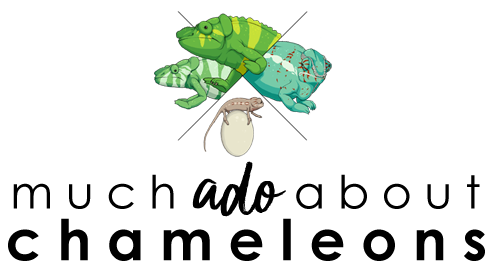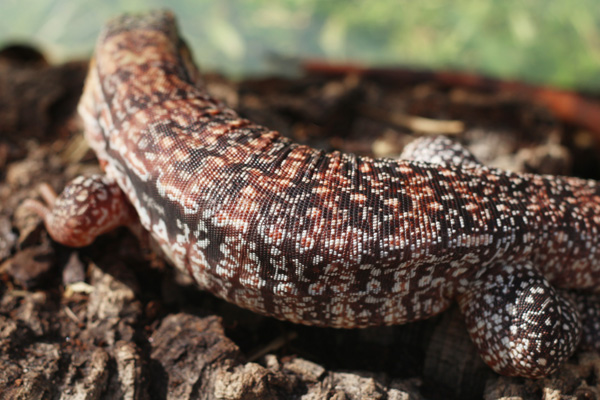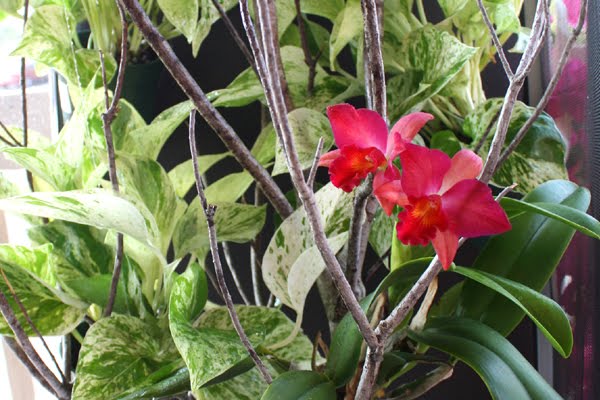It’s the ailment that scares nearly all reptile keepers the most. It worries us and sends us online to do hours of research on proper lights, hoods, and vitamin supplements. And we hear about it continuously in online groups or forums. MBD, MBD, MBD, over and over again. Unfortunately, it is one of the leading causes of unnecessary (and easily preventable) death in captive reptiles, and it hits young, growing animals particularly hard. What is it, how do we prevent it from happening to our pets, and how do we recognize if an animal has it?
What is MBD?
MBD is the
acronym for Metabolic Bone Disease,
which is a catch-all term for a condition in which (in summary) the body cannot
metabolize calcium properly and in severe cases leads to the bones of the body
becoming brittle and rubbery, and problems with muscles and the nervous system.
If it sounds painful it’s because it is; untreated, chameleons and other
reptiles with severe MBD will develop brittle bones that can break, bend out of
shape, and cannot support their movements. Chameleons can develop tremors
(hypocalcemic tetany), problems moving, lethargy, digestive issues, and
eventually death.
The good news is that is is preventable, early all cases of MBD could have been easily
avoided. It is like heartworm in dogs; extremely easy to prevent but serious
once the infestation has set in. Thankfully, MBD is also treatable and although
broken or misshaped bones may never heal and look completely normal, the bone density
can be corrected and the body brought back into balance.




























